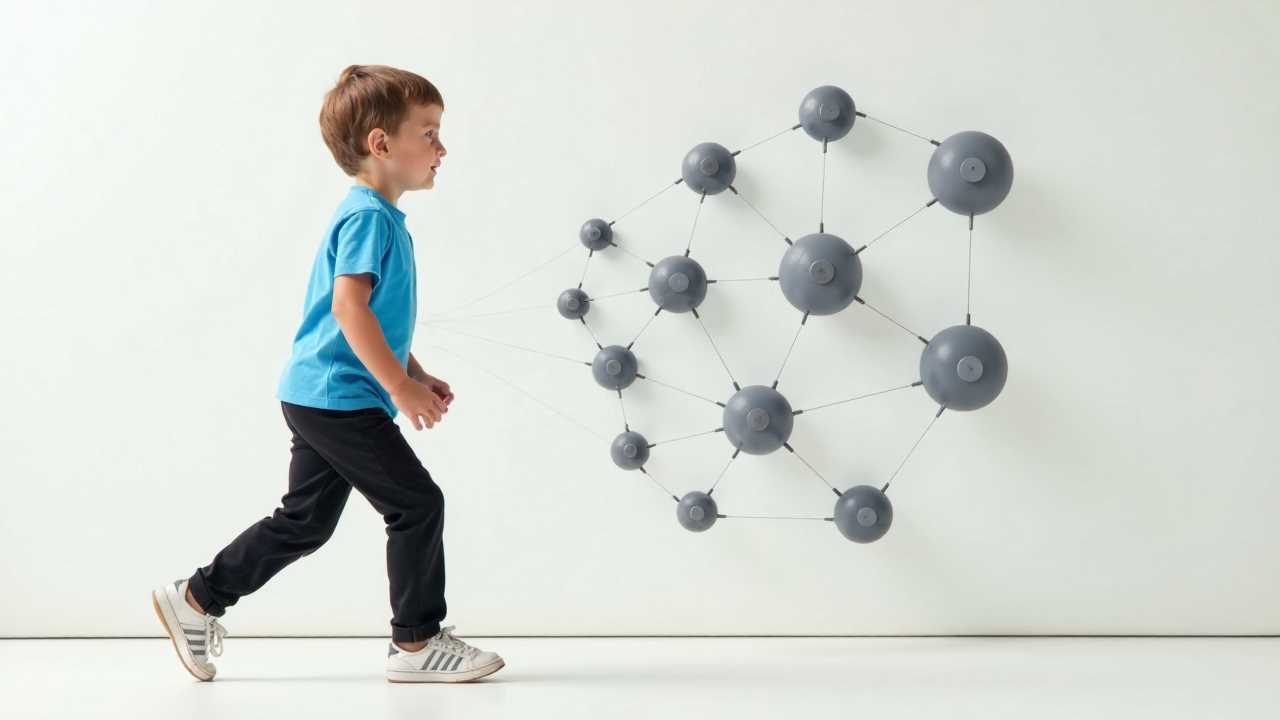
The Significance of Gross Motor Skills in Early Childhood Education
Gross motor skills are fundamental to a child's overall development. These skills involve the large muscle groups that enable movements such as running, jumping, climbing, and balancing. Mastering gross motor skills is not merely about physical activity; it plays a pivotal role in a child's coordination, balance, and overall development. In the context of elementary education, fostering these skills can significantly enhance a child's ability to engage in play and interact with their environment effectively.
Understanding the Components of Gross Motor Skills
To fully appreciate the importance of gross motor skills, we must first understand their components. Gross motor skills encompass a range of movements that require strength, coordination, and balance. These movements can be categorized into two main types: locomotor skills and non-locomotor skills.
Locomotor skills include actions that move the body from one place to another, such as walking, running, hopping, and skipping. These skills are essential for children as they navigate their surroundings and engage in various forms of play.
Non-locomotor skills, on the other hand, involve movements that do not require changing locations, such as bending, stretching, and balancing. These skills are equally important as they help children develop body awareness and control, which are vital for overall development.
The Role of Physical Activity in Developing Gross Motor Skills
Physical activity is the cornerstone of developing gross motor skills. Engaging in regular physical activity allows children to practice and refine their movements, ultimately leading to improved coordination and balance. Activities such as playing tag, riding a bicycle, or participating in organized sports provide children with opportunities to enhance their gross motor skills in a fun and engaging manner.
In the classroom, incorporating physical activity into the daily routine can significantly benefit students. Simple activities like stretching, jumping jacks, or even dance breaks can help children release energy and improve their focus. By integrating physical activity into the curriculum, educators can create an environment that promotes healthy development and encourages active participation.
Encouraging Play as a Means of Developing Gross Motor Skills
Play is an essential aspect of childhood that significantly contributes to the development of gross motor skills. Through play, children naturally engage in movements that enhance their physical abilities. Outdoor play, in particular, provides ample opportunities for children to practice running, climbing, and balancing, all of which are crucial for mastering gross motor skills.
Structured play activities, such as obstacle courses or team sports, can also be beneficial. These activities challenge children to navigate their environment, work with others, and develop their coordination and balance. By fostering a playful atmosphere, educators and parents can encourage children to explore their physical capabilities and build confidence in their movements.
Strategies for Supporting Gross Motor Skill Development in the Classroom
To effectively support the development of gross motor skills in elementary education, educators can implement various strategies. Here are some practical approaches:
1. Create a Movement-Friendly Environment: Design the classroom to encourage movement. Use open spaces for activities that require physical engagement, and incorporate equipment like balls, hula hoops, and balance beams to facilitate play.
2. Incorporate Movement into Lessons: Integrate physical activity into academic lessons. For example, use movement-based games to teach math concepts or incorporate dance into language arts activities.
3. Encourage Outdoor Play: Provide ample opportunities for outdoor play. Schedule regular recess breaks and encourage children to participate in organized sports or free play during these times.
4. Model Active Behavior: Educators should model active behavior by participating in physical activities alongside students. This not only promotes a culture of movement but also demonstrates the importance of staying active.
5. Provide Positive Reinforcement: Celebrate children's achievements in developing their gross motor skills. Positive reinforcement can motivate children to continue practicing and improving their abilities.
The Long-Term Benefits of Mastering Gross Motor Skills
The benefits of mastering gross motor skills extend beyond childhood. Children who develop strong gross motor skills are more likely to engage in physical activity throughout their lives, leading to healthier lifestyles. Improved coordination and balance can also enhance performance in various sports and physical activities, fostering a sense of accomplishment and confidence.
Moreover, the skills learned through physical activity and play can translate into academic success. Research indicates that children who are physically active tend to perform better academically, as physical activity is linked to improved concentration, memory, and cognitive function.
In summary, mastering gross motor skills is a vital component of a child's development. By prioritizing physical activity, encouraging play, and implementing effective strategies in the classroom, educators and parents can help children build a strong foundation for lifelong physical and academic success. The journey of mastering gross motor skills is not just about movement; it is about fostering a love for activity, enhancing coordination and balance, and nurturing the overall development of children.
 Careers in EducationElementary EducationHigh School EducationEducational TechnologyTeaching StrategiesSpecial EducationPrivacy PolicyTerms And Conditions
Careers in EducationElementary EducationHigh School EducationEducational TechnologyTeaching StrategiesSpecial EducationPrivacy PolicyTerms And Conditions
